[Case Study] Using Photogrammetry to Immortalize a Historical Landmark
KnowledgeOne
APRIL 27, 2022
The idea is to take pictures – many of them – of the object that you would like to replicate in virtual form. For example, if you are trying to capture a building and you can only photograph it from the street level, then your model will most likely not have a roof due to you having not taken any photos of the roof. How does it work?

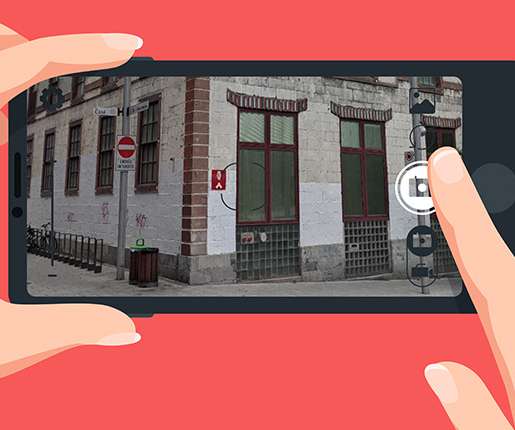


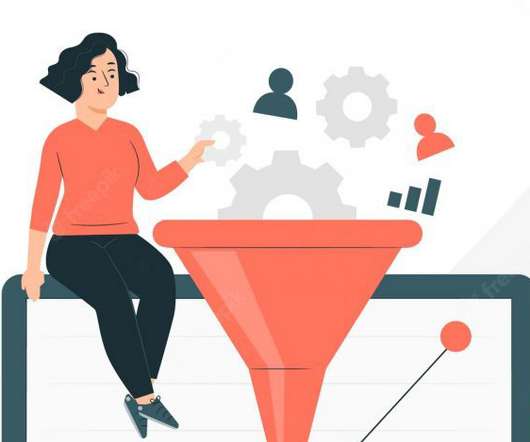

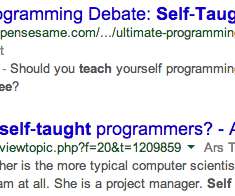






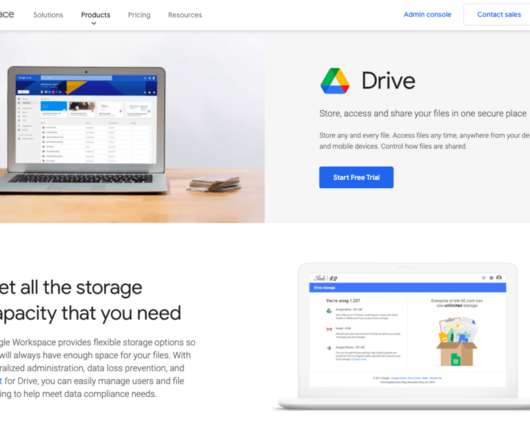
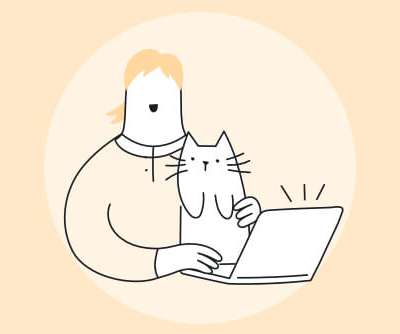
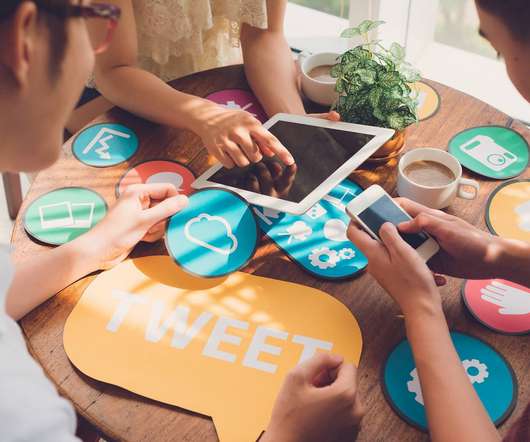











Let's personalize your content